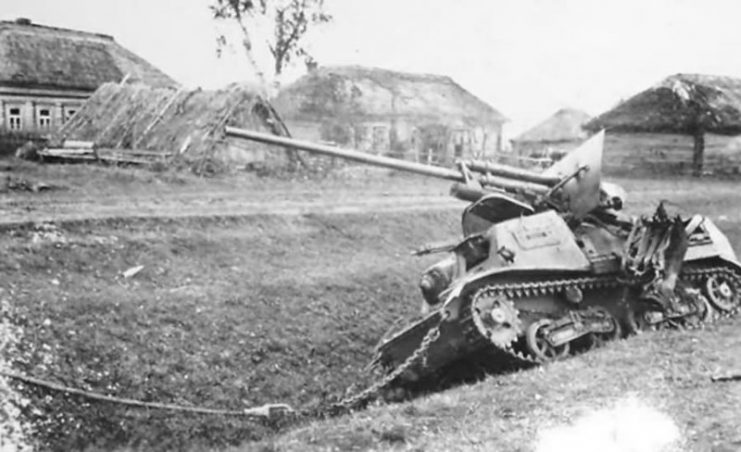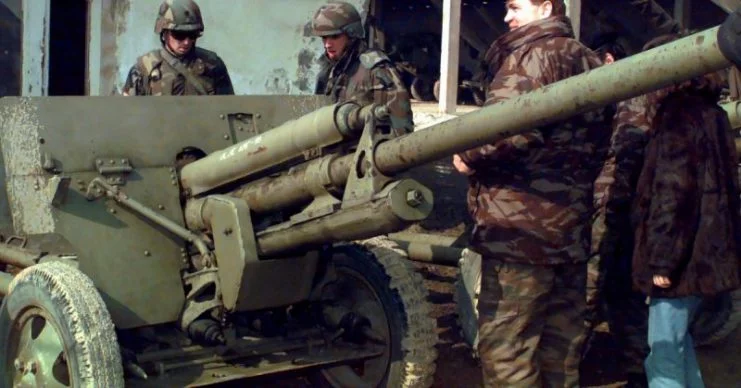Soviet anti-tank guns played a crucial role in confronting German equipment on the Eastern Front of the Second World War, called the Great Patriotic War in the USSR. They were a specialized weapon of various calibers, the main purpose of which was the destruction of enemy armored vehicles by direct fire.
Anti-tank guns accounted for about 70% of all destroyed German tanks. By way of movement, anti-tank guns were divided into self-propelled and towed categories. As far as caliber, they were generally divided into small (up to 75 mm) and middle (75-155 mm) caliber. Large-caliber guns had a dual purpose or were used only when most necessary.
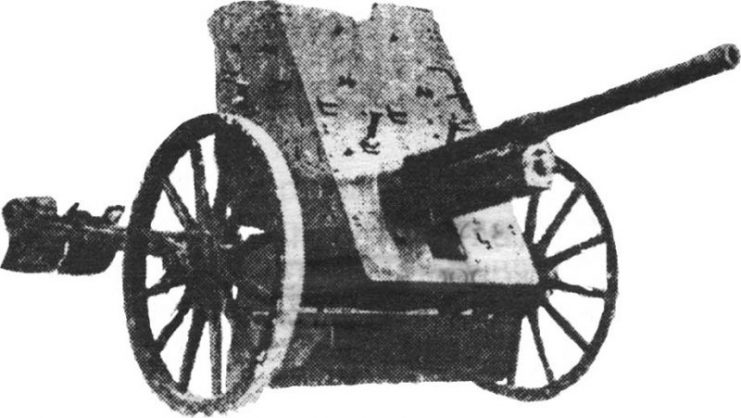
The design of anti-tank guns in the USSR began in the late 1920’s. The 1930 model of the 37 mm 1-K became the first anti-tank gun in the Red Army and played a large role in the further development of this type of weapon. Its ballistics allowed it to hit all the tanks of that period, but by the beginning of the Great Patriotic War, the 1-K was obsolete.
In 1932, the 19-K 45-mm gun appeared. Its other name was “Sorokopyatka” which roughly translates to “forty-fiver.” Further improvements were later made, such as the 53-K in 1937 and the 1942 model of the M-42. The mass production of the “sorokopyatka” commenced to meet the task of combating light German tanks and armored vehicles. However, due to insufficient armor penetration, these guns began to be gradually replaced by others that were more powerful.
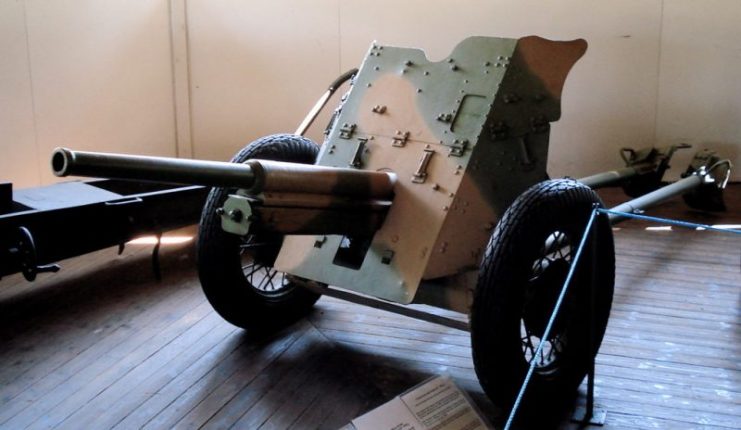
Upon the appearance of German tanks with anti-ballistic armor, the Red Army responded with the M1943 (ZiS-2) 57 mm anti-tank gun. It was developed in 1941, but its serial production was delayed until 1943. This gun fired regular and sub-caliber shells with an initial speed of 2,300 to over 4,000 feet per second. At distances of several hundred yards, the ZiS-2 could pierce the side armor of German Tiger tanks.
On February 12, 1942, the Red Army adopted the M1942 (ZiS-3) 76 mm divisional gun, which after the war became one of the symbols of victory. This gun became one of the most numerous during the Great Patriotic War, as 48,000 ZiS-3 were produced.
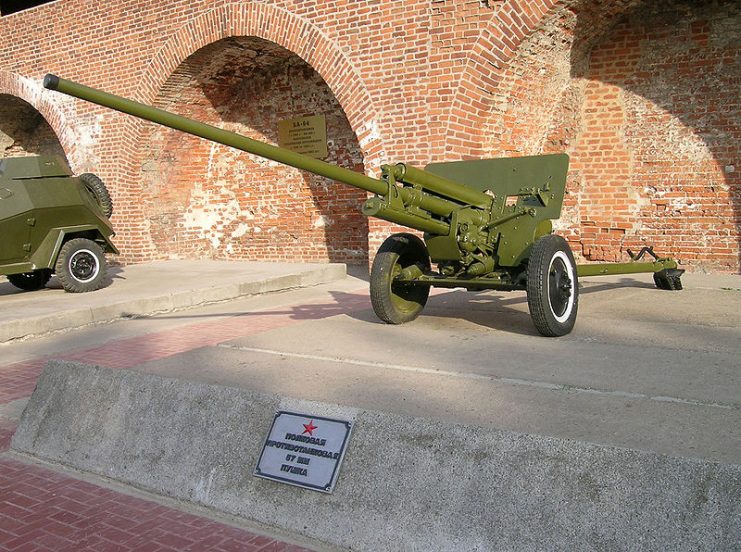
Depending on the projectiles, the distance to the target, and the angle of the armor, the gun had the capability to penetrate armor up to 4.6 inches thick. The main advantages of the ZiS-3 were universality of application and simplicity in production.
To combat heavy tanks in 1944, a M1944 (BS-3) 100 mm field gun was created. This gun had a strong penetrating ability and could hit heavy German tanks such as Tigers, Panthers, and even Tiger IIs. Also, the BS-3’s cannon was actively used as a shell gun for firing from closed positions. After the end of the war, this gun was adopted by some other countries.
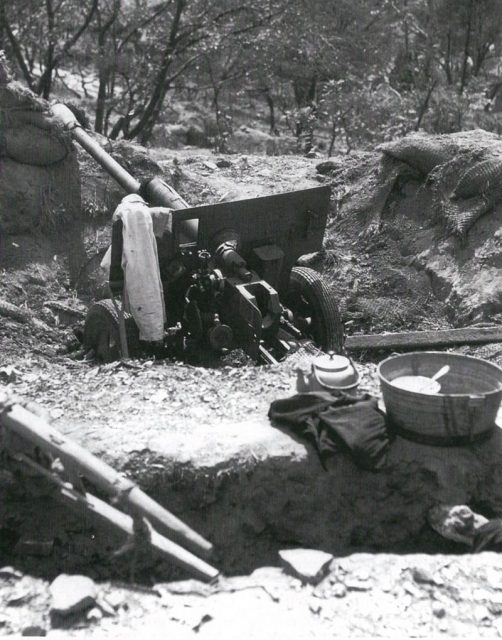
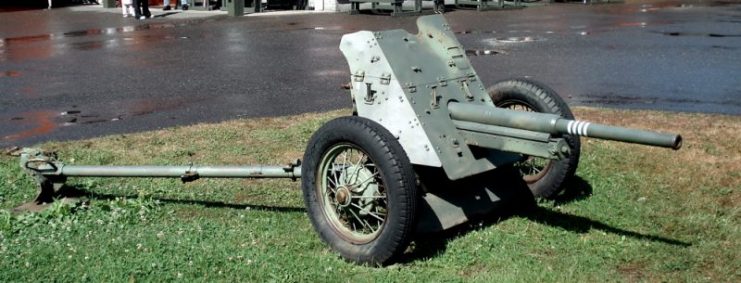
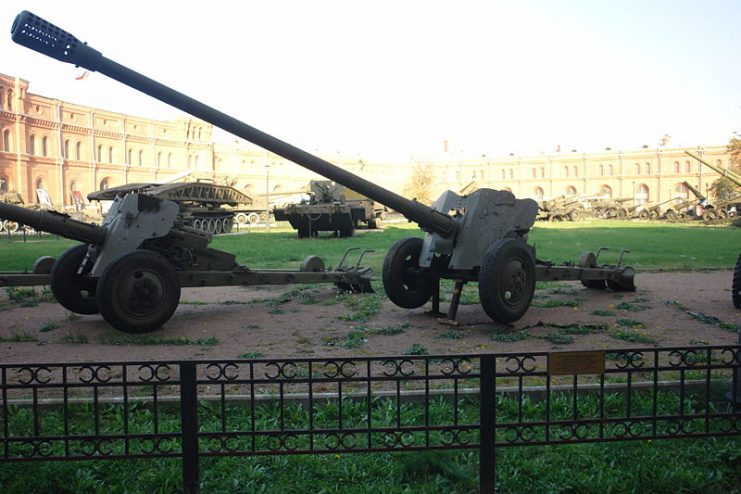
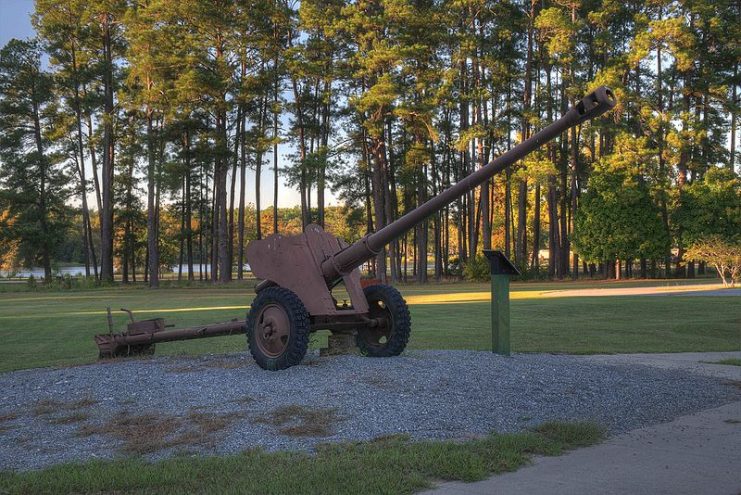
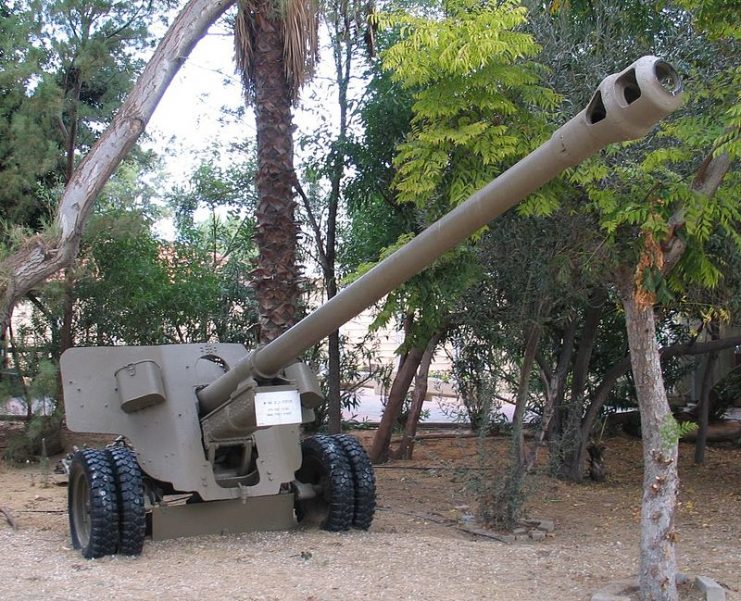
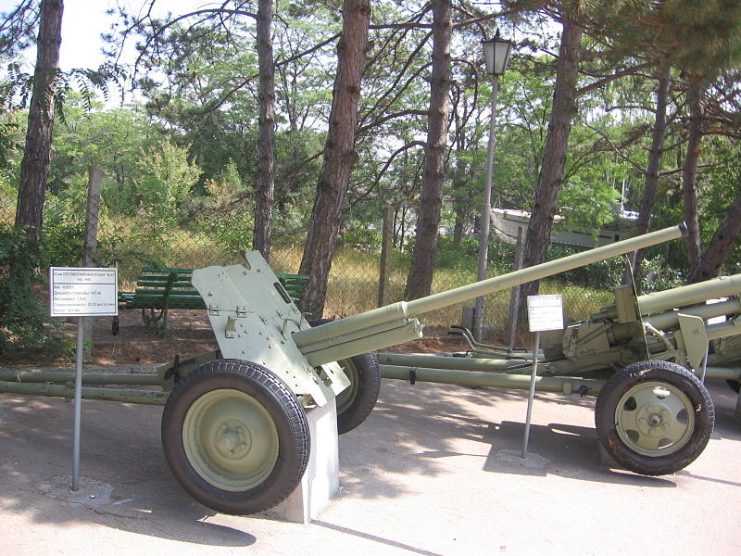
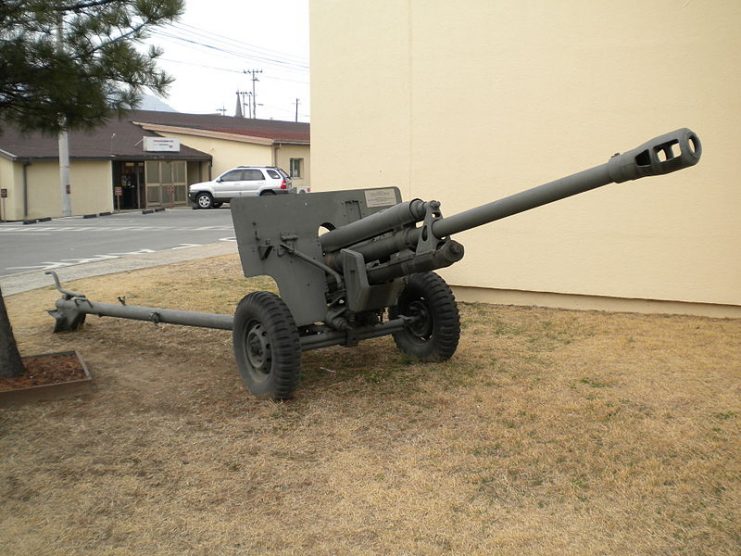
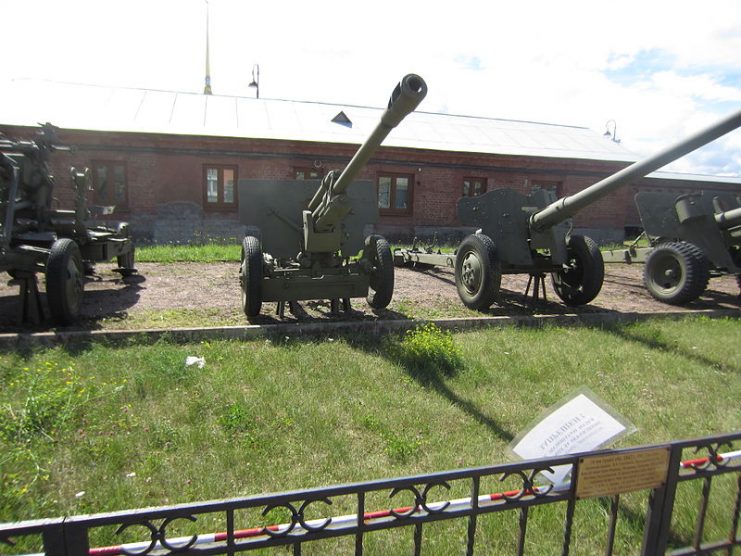
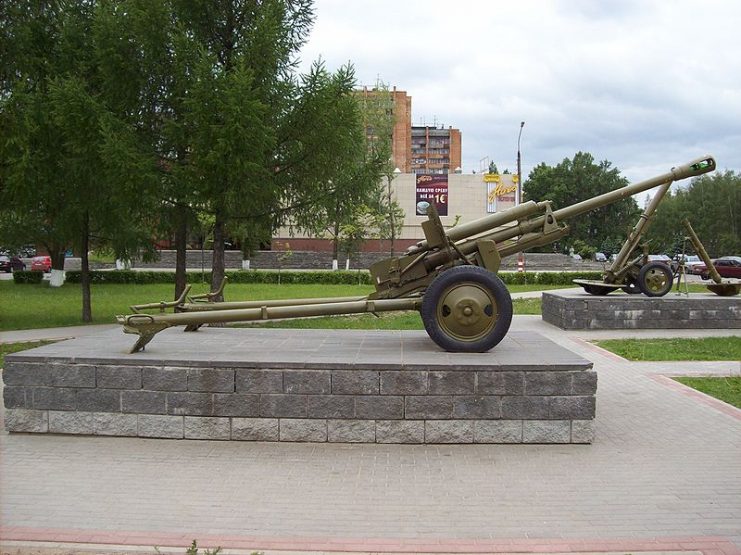
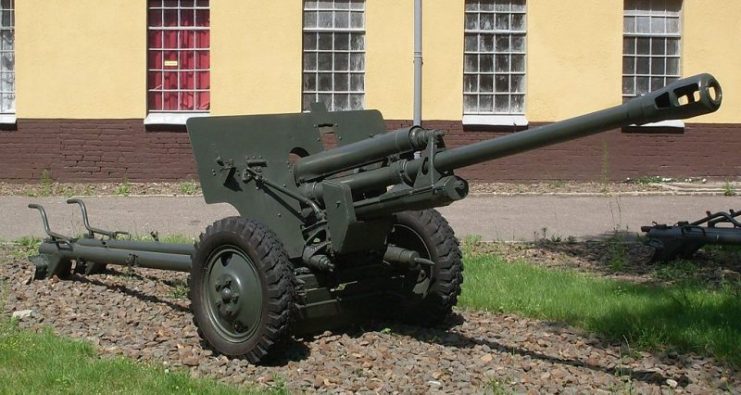
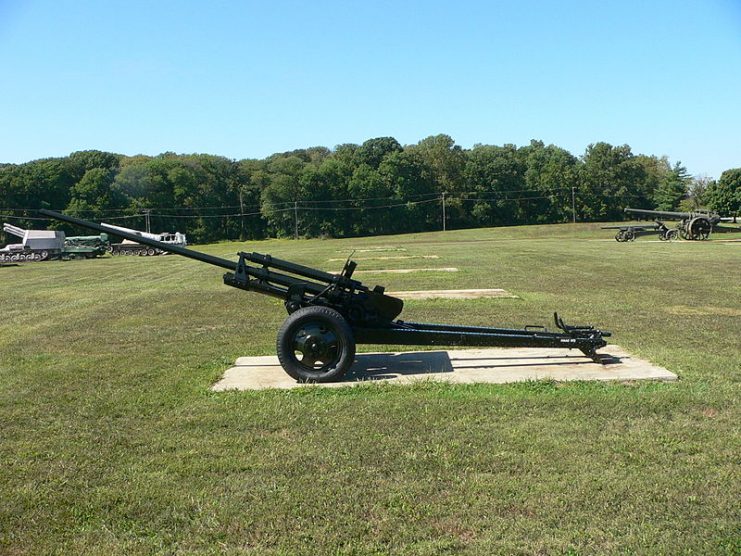
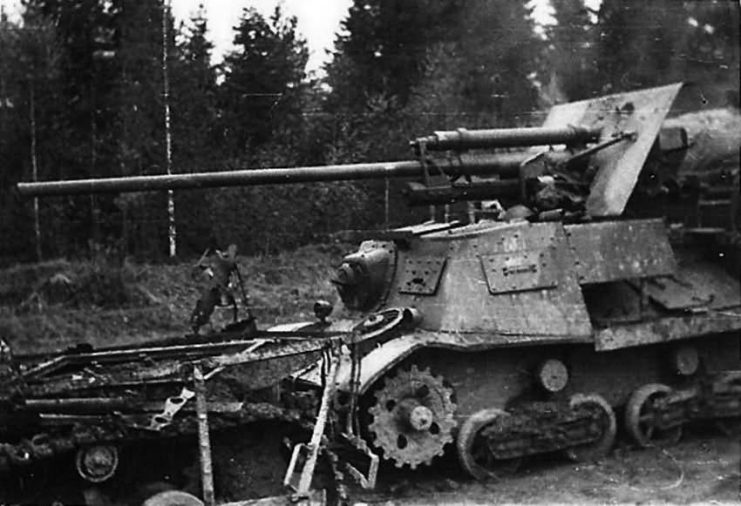
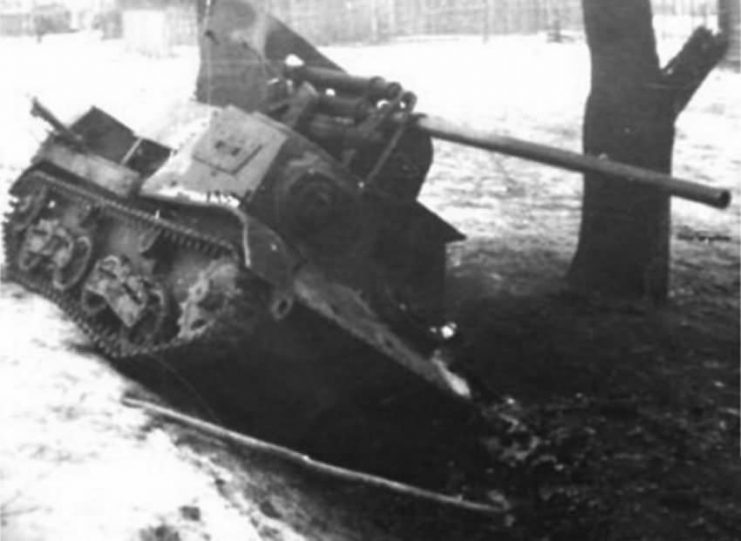
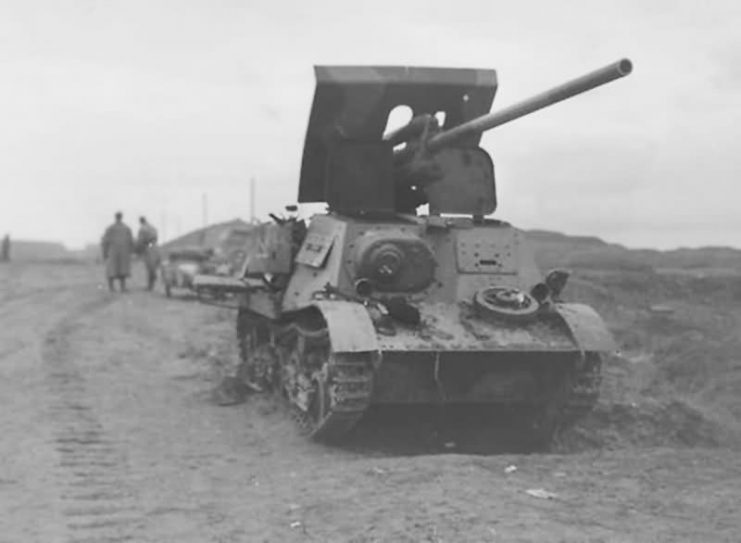
Read another story from us: “Destroyer of Beasts” – the ISU-152
